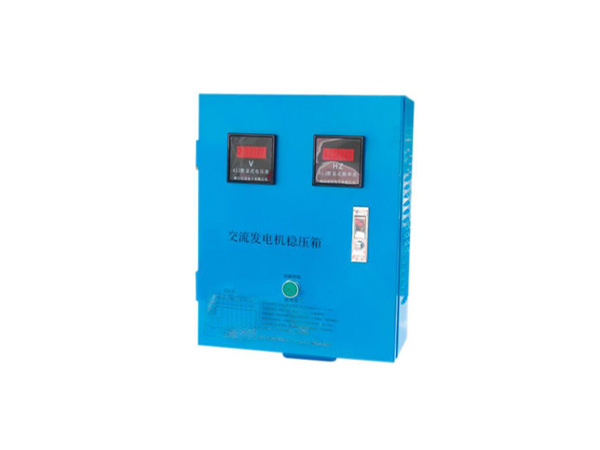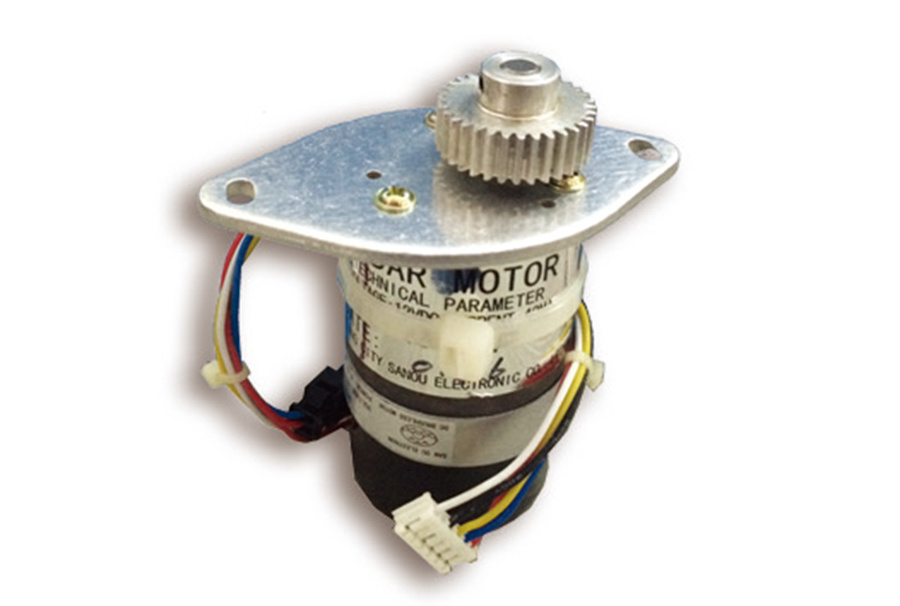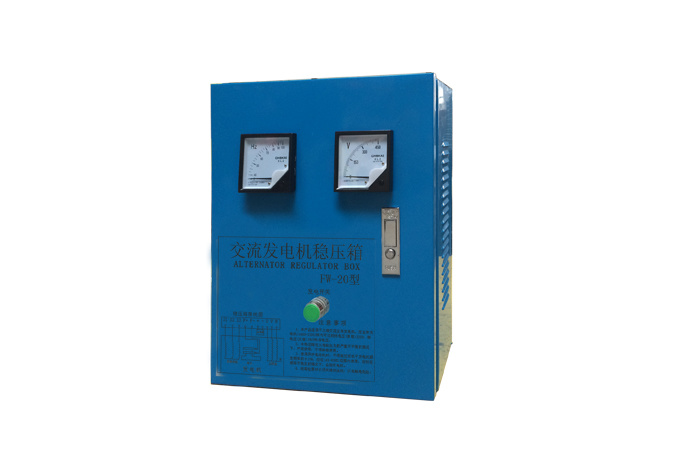News Center
Understanding the Importance of Marine Radar Socket Plugs in Maritime Operations
In the maritime industry, effective communication and navigation are paramount for ensuring the safety and efficiency of operations at sea. One of the key components that contribute to this is the marine radar socket plug. These specialized plugs play a critical role in connecting radar systems to vessels, allowing for real-time situational awareness and decision-making.
Marine radar socket plugs are designed to endure the harsh environments typical of marine settings. They are built to withstand exposure to saltwater, moisture, and extreme temperatures. This durability is crucial, as the components must maintain reliable connectivity to radar systems, which are essential for detecting obstacles, navigating through difficult weather conditions, and avoiding collisions. A malfunctioning radar connection can have significant implications for a vessel’s safety, potentially leading to catastrophic accidents.
The functionality of marine radar socket plugs extends beyond mere connectivity; they are engineered to provide secure and stable connections that prevent signal loss and interference. This is particularly important in busy maritime environments where multiple vessels operate in close proximity. High-quality socket plugs ensure that radar systems remain operational, enabling continuous monitoring of the surrounding area.
When selecting marine radar socket plugs, it is essential to consider factors such as compatibility with existing radar systems and the specific environmental conditions in which they will be used. Different vessels may require different types of plugs based on their design and the radar equipment installed. Additionally, investing in high-quality materials can enhance the longevity of these components and reduce the frequency of maintenance or replacements.
Proper installation and maintenance of marine radar socket plugs are also vital. Regular checks for corrosion, wear, and proper sealing can help ensure that the connections remain effective over time. Any signs of damage should be addressed immediately to prevent disruptions in radar functionality.
Moreover, as technology advances, newer radar systems may require updated socket plug designs. Staying informed about technological developments within the maritime industry can help vessel operators make timely upgrades to their equipment, improving overall operational efficiency.
In summary, marine radar socket plugs are an indispensable part of maritime operations, serving as the critical link between radar systems and vessels. Their robust design, ability to withstand challenging marine conditions, and role in enhancing navigational safety make them essential components for any vessel aiming to operate effectively and safely in today’s dynamic marine environments. Understanding their importance can lead to better maintenance practices and informed choices regarding marine equipment.
Related News
Understanding the Importance of a 12KVA Frequency Stabilizer in Electrical Systems
In the realm of electrical engineering, maintaining a stable frequency is crucial for ensuring that equipment operates efficiently and reliably. A 12KVA frequency stabilizer plays a vital role in managing electrical systems, especially in environments where fluctuations in voltage and frequency can lead to equipment failure or operational inefficiencies. A frequency stabilizer, as the name suggest
Discover the Unmatched Benefits of the Furuno 1832 Radar Motor for Marine Navigation
Explore the Advantages of the Furuno 1832 Radar Motor Table of Contents Introduction to the Furuno 1832 Radar Motor Key Features of the Furuno 1832 Radar Motor Performance Analysis of the Furuno 1832 Safety Benefits of Using the Furuno 1832 User Experience: Ease of Use and Installation Maintenance Tips for the Furuno 1832 Radar Motor Comparing the Furuno 1832 Radar Mot
Understanding the Functionality and Benefits of a 1 in 4 Out Signal Distributor
A 1 in 4 out signal distributor is a crucial component in various electronic systems, particularly in the realm of optoelectronics. Its primary function is to take a single input signal and distribute it evenly across four output channels. This enables the simultaneous transmission of the same signal to multiple devices or locations, which is essential in applications such as audio/video broadcast
NEED HELP?
Any questions can give us a message, we have professional staff to reply to you, please be sure to fill in the correct contact information!




